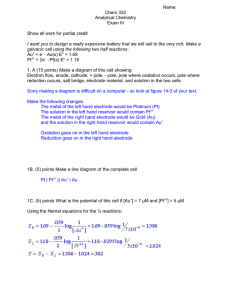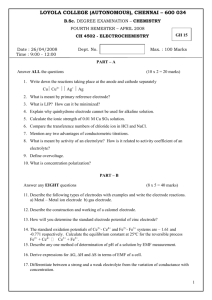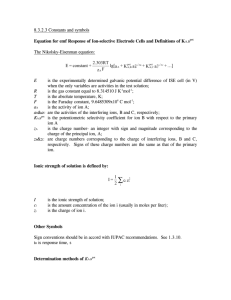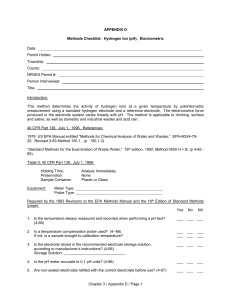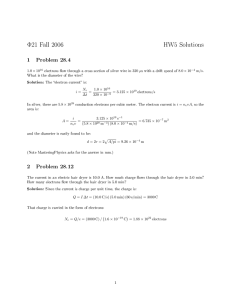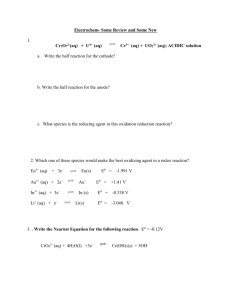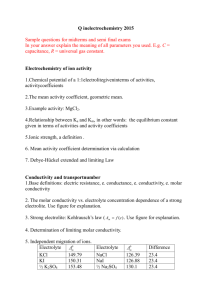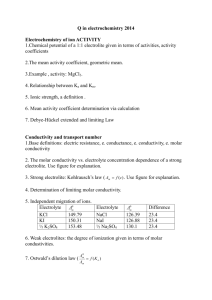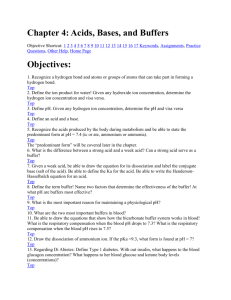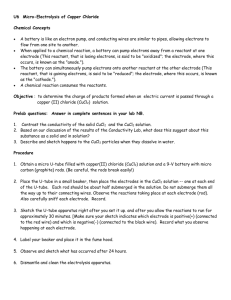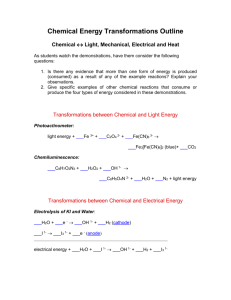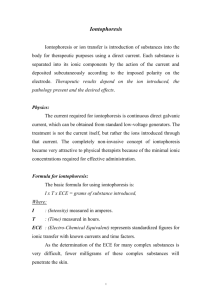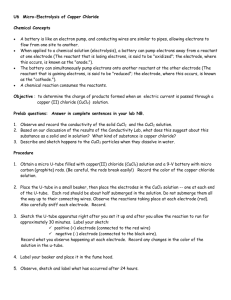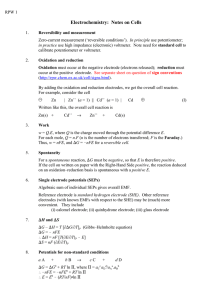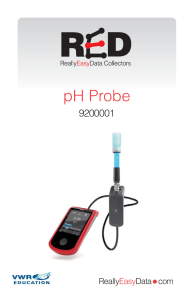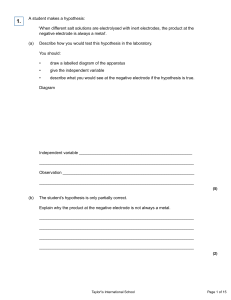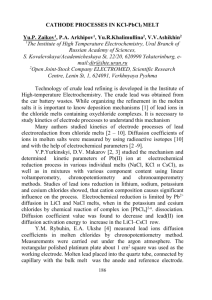A word about pH accuracy file
advertisement
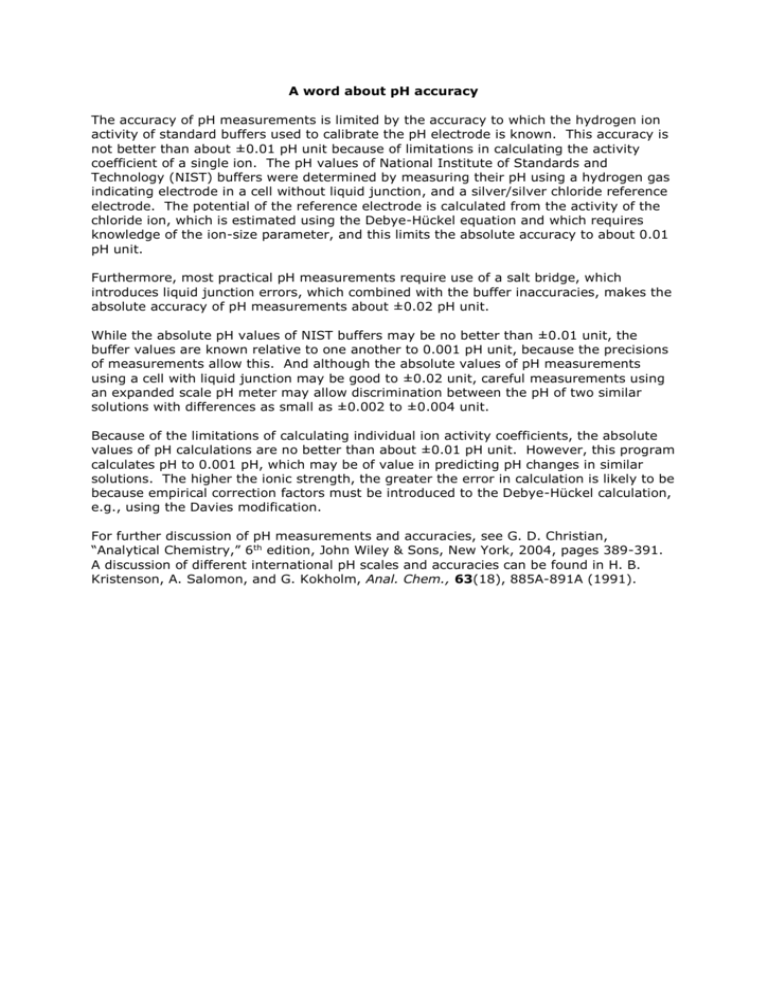
A word about pH accuracy The accuracy of pH measurements is limited by the accuracy to which the hydrogen ion activity of standard buffers used to calibrate the pH electrode is known. This accuracy is not better than about ±0.01 pH unit because of limitations in calculating the activity coefficient of a single ion. The pH values of National Institute of Standards and Technology (NIST) buffers were determined by measuring their pH using a hydrogen gas indicating electrode in a cell without liquid junction, and a silver/silver chloride reference electrode. The potential of the reference electrode is calculated from the activity of the chloride ion, which is estimated using the Debye-Hückel equation and which requires knowledge of the ion-size parameter, and this limits the absolute accuracy to about 0.01 pH unit. Furthermore, most practical pH measurements require use of a salt bridge, which introduces liquid junction errors, which combined with the buffer inaccuracies, makes the absolute accuracy of pH measurements about ±0.02 pH unit. While the absolute pH values of NIST buffers may be no better than ±0.01 unit, the buffer values are known relative to one another to 0.001 pH unit, because the precisions of measurements allow this. And although the absolute values of pH measurements using a cell with liquid junction may be good to ±0.02 unit, careful measurements using an expanded scale pH meter may allow discrimination between the pH of two similar solutions with differences as small as ±0.002 to ±0.004 unit. Because of the limitations of calculating individual ion activity coefficients, the absolute values of pH calculations are no better than about ±0.01 pH unit. However, this program calculates pH to 0.001 pH, which may be of value in predicting pH changes in similar solutions. The higher the ionic strength, the greater the error in calculation is likely to be because empirical correction factors must be introduced to the Debye-Hückel calculation, e.g., using the Davies modification. For further discussion of pH measurements and accuracies, see G. D. Christian, “Analytical Chemistry,” 6th edition, John Wiley & Sons, New York, 2004, pages 389-391. A discussion of different international pH scales and accuracies can be found in H. B. Kristenson, A. Salomon, and G. Kokholm, Anal. Chem., 63(18), 885A-891A (1991).

